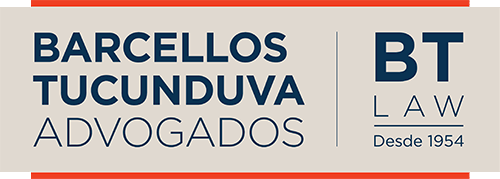In force in Brazil since October 2, 2019, the Madrid Protocol aims to facilitate the application for trademark registration. According to the rules of the Protocol, the holder of an application may request the registration of its trademark in several countries using a single registration application, a single language and with centralized payment of fees.
Considering an application for trademark registration made in Brazil as a base application, the INPI will be the office with the responsibility to verify the compliance of the formal requirements of the filing and then forward it to the International Bureau of WIPO (World Intellectual Property Organization). The Office is then in charge of conducting the conformity examination of the international registration and notifying the foreign offices of the new registration application so that each one of them may examine the registration application based on its own legislation, so that its sovereignty is respected.
Each office then has 18 (eighteen) months to finalize its examination of the application for registration and send to the International Bureau its decision, otherwise the application for registration will be considered tacitly granted. If the mark is granted, the protection will be the same as for a national mark, effective from the date of the international filing, or from the date of a subsequent designation (that is, subsequent choice of additional country in which the protection of the mark will be requested).
It is possible to see then that the key point of the Madrid Protocol is the debureaucratization of the international trademark registration, considering mainly the fact that there will no longer be the need to hire a local attorney for a trademark filing in a country other than Brazil.
It should be noted that the decision of each of the international offices will be based on its own legislation. Thus, for example, if the holder designates the United States as a contracting party, it is mandatory to attach to the international application the form containing the declaration of intent to use the mark applied for.
In parallel, the Madrid Protocol also brings another novelty to the trademark registration system in Brazil: the multi-class system. The applicant of a registration application may specify goods and services related to more than one class of the Nice International Classification in its application at the time of filing. Regardless of this possibility, the analysis of the registrability of the trademark will be made separately in each of the classes.
With the multi-class system we have three types of decisions about a trademark: grant, rejection and partial grant, the last one being derived from the situation in which the trademark is rejected in part of the indicated classes.
This novelty, however, will be available in the e-INPI electronic system as of March 9, 2020, which has been causing great discussions. Key point of the debates is the fact that foreign filers can already make use of the multi-class system and designate Brazil as a Contracting Party, but the reverse does not yet happen - and will not happen in the coming months for domestic registrations. The current situation, then, gives foreign applicants a more advantageous situation than Brazilian applicants, even though the BPTO has made available the hypothesis of international multi-class application with the use of more than one basic application or registration.
For companies operating in several countries and with a diverse range of products and services in their activities, using the Madrid Protocol may facilitate the control and protection of their portfolio, in addition to reducing costs and centralizing management.
BTLaw's Intellectual Property team is available to clarify your doubts and to help you and your company with the best way to protect your trademarks.
